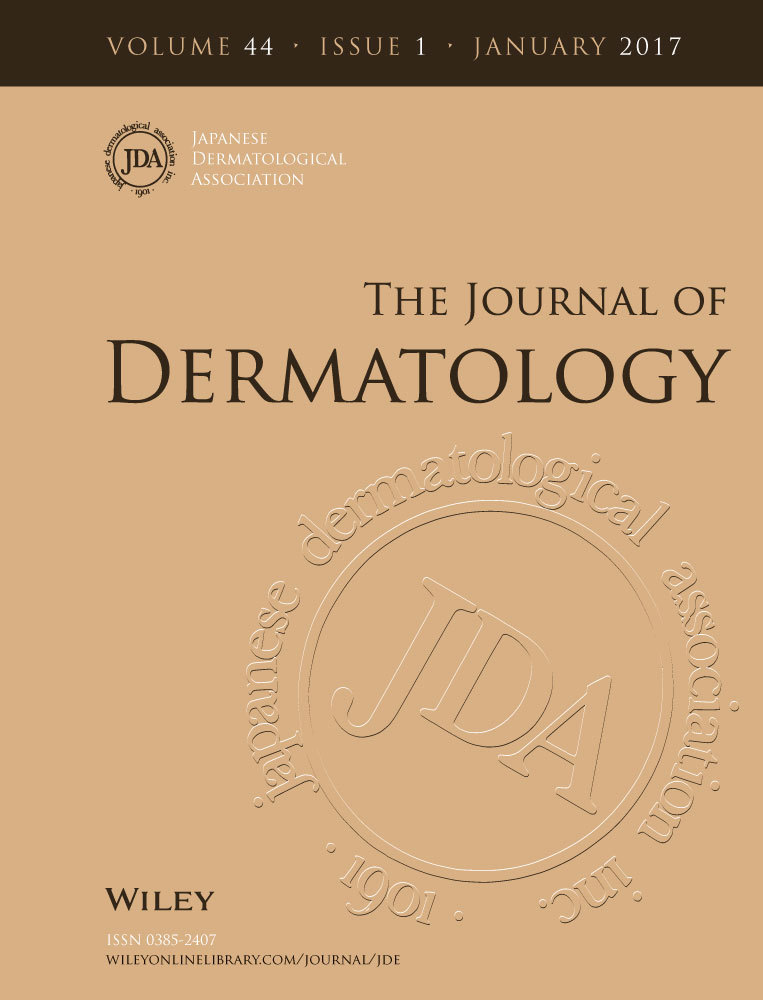Ungual hyalohyphomycosis caused by Fusarium proliferatum in an immunocompetent patient
Abstract
The patient was a 73-year-old healthy female farmer who had been treated with terbinafine for 25.5 months by a primary physician. She exhibited a discoloration and thickening of the right big toenail. She had no concomitant paronychia. Direct microscopy revealed chlamydoconidia and hyphae, and periodic acid-Schiff stained nail specimen showed septate hyphae. On the basis of these morphological features and gene analysis, the final diagnosis was ungual hyalohyphomycosis caused by Fusarium proliferatum. Topical application of 10% efinaconazole solution cured the disease in 10 months.




